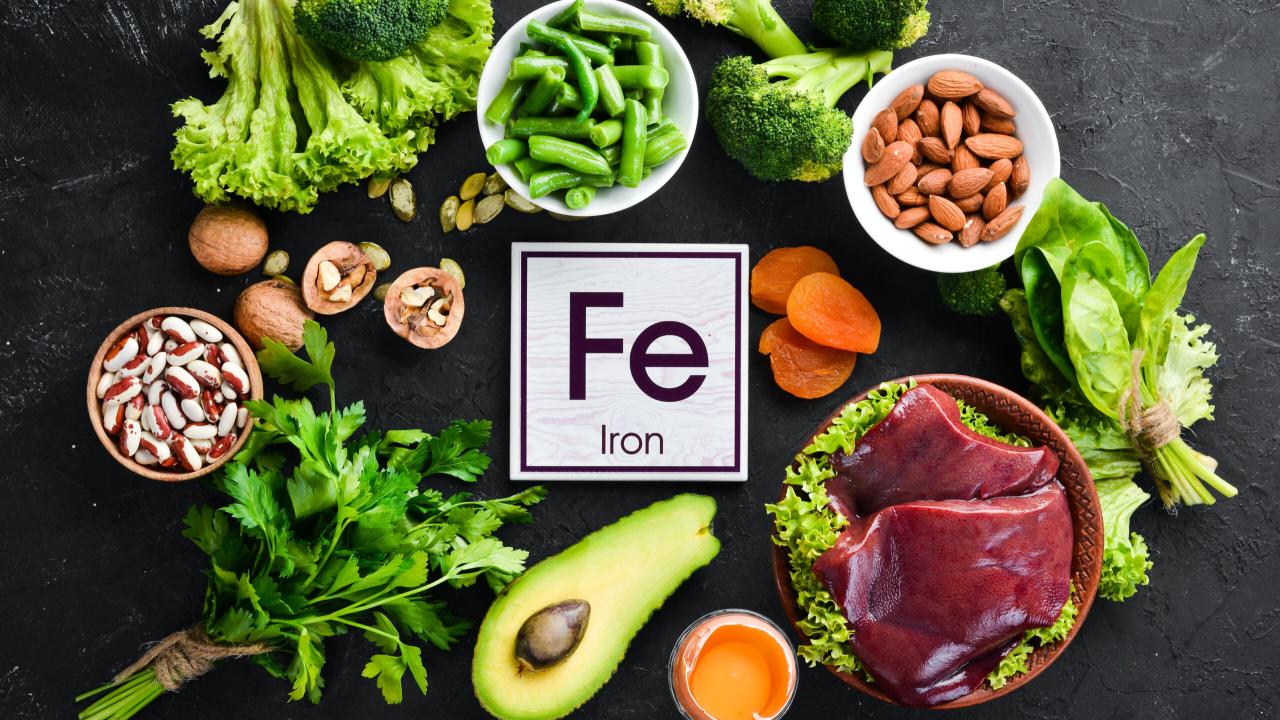
June - Ironing Out the Facts: What You Need to Know About Nutrition-Related Anemia
Quick Summary
- Nutrition-related anemia often occurs due to either inadequate intake or malabsorption of vitamins and minerals, including iron, folate, and vitamin B12.
June – Ironing Out the Facts: What You Need to Know About Nutrition-Related Anemia
Welcome to this month’s newsletter!
What are the main causes of nutrition-related anemia?
Anemia is a common blood disorder affecting roughly 3 million individuals in the United States and an estimated one-third of the global population. It occurs due to a lack of red blood cells or when those cells do not function properly. Without enough red blood cells to carry oxygen, you may feel fatigued, dizzy, or lightheaded – even after a full night’s sleep.
Nutrition-related anemia often occurs due to either inadequate intake or malabsorption of vitamins and minerals, including iron, folate, and vitamin B12. The most common is iron-deficiency anemia, especially common in:
· Women of childbearing age
· Infants and toddlers
· Vegans and vegetarians
· People with malabsorption from factors such as gastric surgery, celiac disease, inflammatory bowel disease flare, and alcoholism
Four Easy Ways to Increase Iron Absorption
1. Vitamin C.
Eating foods high in Vitamin C can help increase the bioavailability of iron, and your body will absorb more. Try adding tomato sauce to lentils or ground meat for either a chili or pasta sauce, squeeze lemon on top of turkey or chicken, and add lime on top of tacos or a stir fry!
2. Eat an iron-rich food at each meal and snack
For breakfast, try to include an iron-rich food such as fortified breakfast cereal or eggs. A turkey sandwich could be an easy lunch, and snacks could include dried fruit and nuts. For more individualized nutrition tips, see a Registered Dietitian!
3. Avoid coffee and tea with meals
The tannins found in coffee and tea were found in a dual study to reduce the iron absorption of a hamburger meal by 39% and 64%, respectively. Try spacing them out by at least one hour before and after meals to prioritize absorption.
4. Use a cast-iron pan
Cast iron pans are an easy way to increase iron content in food due to the iron leaching into food during cooking! As mentioned above, try to incorporate an acid, which can increase absorption from the pan.
If you believe that you might have anemia, consult with a medical practitioner.
Food Sources of Iron
Heme iron is traditionally found in animal sources and can be more readily absorbed than non-heme iron, traditionally found in plant foods. Generally, it has around half the bioavailability, which is why vegans and vegetarians are at a higher risk for iron-deficiency anemia.
Heme Sources:
· Red meat, fish, poultry (in particular turkey dark meat), and liver, which is especially high in iron
· Seafood such as clams, mussels, oysters, scallops, canned sardines, and canned shrimp
· Egg yolk
Non-Heme Sources:
· Blackstrap molasses
· Dried fruits such as apricots, dates, and figs
· Nuts and seeds, including pumpkin, sunflower, and nut butters
· Legumes, including white beans, kidney beans, and lima beans
· Hot and cold fortified cereals
· Tofu, tempeh, edamame, and soybeans
· Vegetables, including spinach, broccoli, and green peas
Food Sources of Vitamin B12
· Meat, poultry, fish, seafood, and eggs
· Milk and dairy products
· Fortified cereals
· Nutritional yeast (also serves as an excellent vegan cheese substitute)
Food Sources of Folate
· Dark green vegetables, including spinach, kale, arugula, chard, and broccoli
· Legumes, including chickpeas, lentils, and kidney beans
· Fortified cereals and flours, including pasta, bread, and bagels
Yeast extract spread, such as Vegemite or Marmite
Iron Rich Recipes:
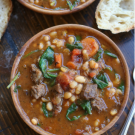
Beef and Bean Stew
This recipe is an excellent source of both heme and non-heme iron. In fact, the presence of beef enhances the absorption of non-heme iron from beans, making it more bioavailable than when consumed alone!
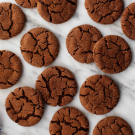
Chewy Molasses Cookies
Blackstrap molasses is an excellent source of non-heme iron, and these cookies are a delicious way to incorporate it into your cooking!
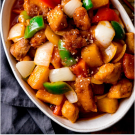
Sweet and Sour Turkey
Turkey is an excellent source of heme iron, particularly in its dark meat. Try this turkey recipe to increase your iron intake deliciously and easily!
Seasonal Recipe Spotlight
Food Geeks has a great site with seasonal produce and recipes for each crop. You can change your season at the bottom; anticipate what’s ripening in the months ahead! Some seasonal produce available in June includes artichokes, cantaloupe, carrots, cherries, chard, raspberries, tomatoes, and much more!
Seasonal Recipes:
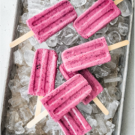
Greek Yogurt Popsicles
These popsicles are delicious and nutritious, made with only three ingredients! Add some chia seeds for extra fiber and protein.
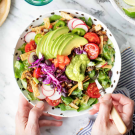
Summer Taco Salad
Taco salad is an ultimate summer staple! This one is nutritionally dense, crisp, and packed full of flavor.